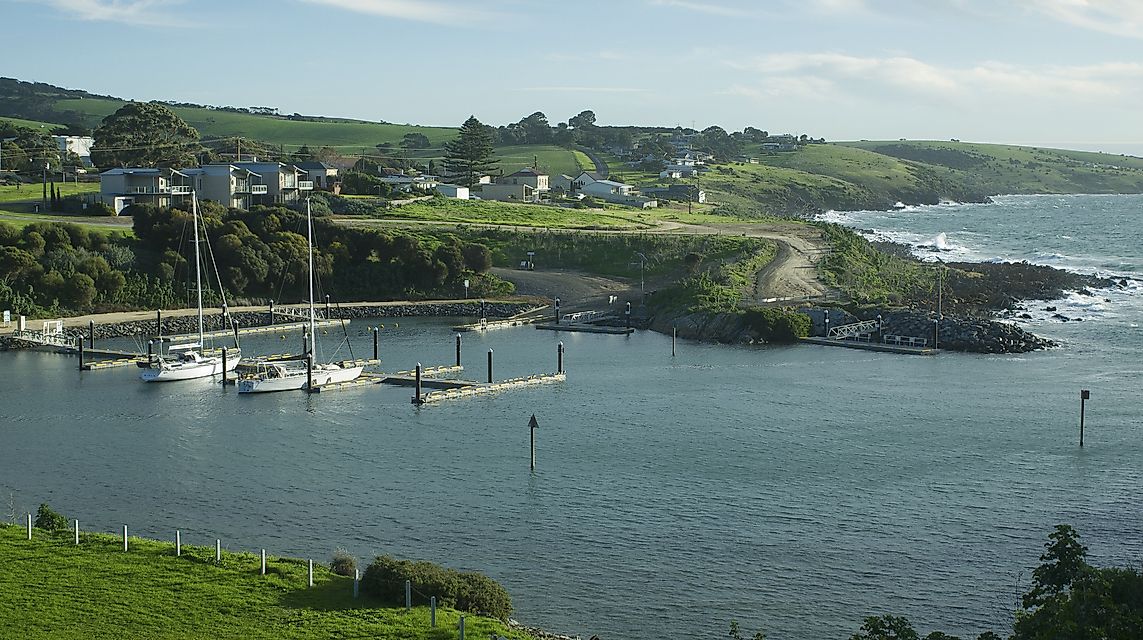When Is Winter in Australia?

Australia’s climate is largely determined by its size, location, and by the hot sinking air in the high subtropical high-pressure belt. The climate varies greatly throughout the country's eight states and territories and is usually opposite to the climate experienced in the northern hemisphere. Summer occurs from December until February, autumn is between March and May, winter occurs from June until August, and spring is between September and November.
Winter Weather
Australia’s location in the southern hemisphere means that winter occurs when the northern hemisphere is experiencing summer. During this period, the earth tilts causing the northern hemisphere to lean towards the sun, while the southern hemisphere leans away from the sun and thus experiences the coldest days of the year. Winter in Australia begins at the start of June and ends on last day of August. The tradition of marking the beginning of winter on the first day of June dates back to the early colonial days when the New South Wales Corps, also known as the Rum Corps, changed their uniform at the beginning of the month.
Unlike other parts of the world where temperatures drop to negative degrees, cooler temperatures are experienced throughout Australia. The Central Australian regions stay relatively warm, with temperatures ranging from 18°C to 24°C with extremely cold breezes. In southern areas of the continent, temperatures range between 12°C and 18°C. Due to the warm temperatures, snowfall is only experienced in the mountainous regions of the Victoria’s Alpine Region, Tasmania, and the snowy mountains where temperatures drop to lows of 6°C. Precipitation is usually low in winter, with an average of 14 mm in the Northern Territory, 98 mm in New South Wales, and 180 mm in Victoria.
Winter Events
The Queen’s Birthday is the only public holiday celebrated in Australia during the winter season. It is celebrated on the second Monday of June in the Australian States, except for Western Australia and Queensland, where it is celebrated in September and October, respectively. The day has been observed since 1788 in commemoration of the Monarch’s birthday. Unlike other parts of Australia, where Christmas is celebrated in the Australian summer, the Blue Mountains celebrate their Christmas (Yulefest) in July. Other holidays include the Darwin Beer Can Regatta, which takes place in Mindil Beach, the Big Brisbane country festival, and the Royal Queensland Show which takes place in August.
Winter Sports
Skiing and snowboarding are the most common winter sports in the Snowy Mountains and the mountain ranges of Tasmania that receive snow. Thredbo and Perisher Valley in the Snowy Mountains offer the best skiing and snowboarding activities for all age groups. The mountainous terrain offers an adventurous route for winter activities. The Selwyn Snowfields located on northern side of Mt. Kosciuszko also offer a family-friendly route for snow activities. Since most cities are endowed with cooler temperatures in winter, people indulge in indoor activities such as exploring the art galleries, theaters, and museums in Sydney, Brisbane, and Melbourne. The cool temperatures also pave way for other sports such as soccer and rugby.











